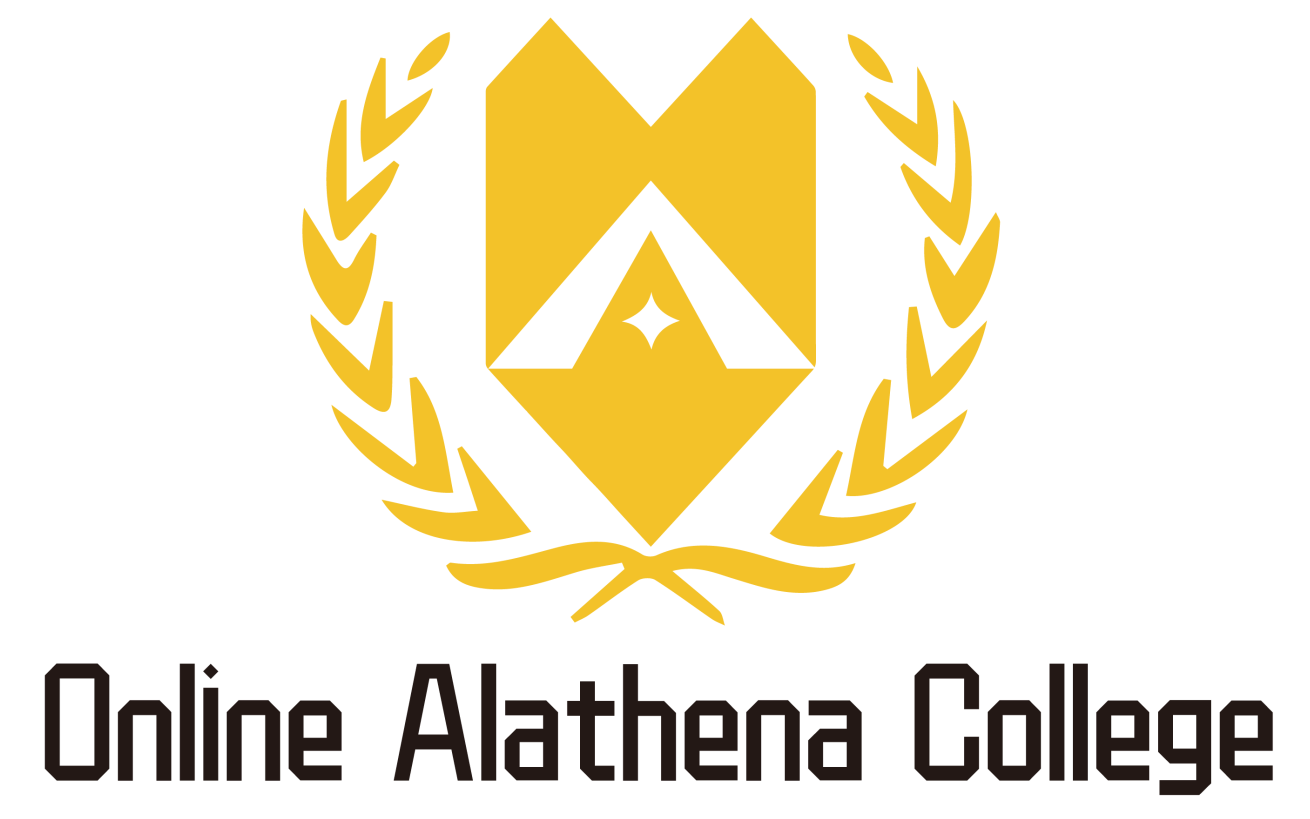SBI3U
Write your awesome label here.
Course overview
Biology, Grade 11, University Preparation
-
Course code: SBI3U
-
Level: Grade 11
-
Study time: 110 hours
-
Credit Value: 1.0
-
Prerequisite: SNC2D, Grade 10 Science
-
Curriculum Policy: Science, The Ontario Curriculum, Grades 11 and 12, 2008 (Revised)
Unit 1: Diversity of living things
In this unit, students will learn the principles that biologists use to organize and classify all species. They will study the characteristics and classification of four kingdoms: Archaea, Bacteria, Protista and Fungi in detail, they will also trace the relationships between and among groups of plants and animals. Students will be completing a worksheet that ask them to compare and contrast the kingdoms “fungi” and “Archaea”. At the end of the unit, students’ knowledge of “Diversity of living things “will be tested by using a test.
Unit 2: Evolution
In this unit, students will demonstrate an understanding of the theory of evolution and the evidence that supports it. They will examine the mechanisms by which it occurs, including thorough consideration of natural selection and punctuated equilibrium, and evaluate the logic that has drawn scientists to their conclusions. Students will also analyse the economic and environmental implications of artificial selection technology and evaluate the impact of environmental changes on natural selection and species at risk.
Unit 3: Genetic Processes
In this unit, students will evaluate recent advances in our knowledge of genetic processes and demonstrate an understanding that genetic and genomic research can have both social and environmental implications. They will investigate how variability and diversity of living organisms results from the distribution of genetic material during the process of meiosis. Students will also analyse data to solve basic genetic problems.
Unit 4: Plants: Anatomy, Growth, and Function
In this unit, students will demonstrate an understanding that plants have specialized structures with distinct functions that enable them to respond and adapt to their environment. They will investigate the structures and functions of plant tissues and factors affecting growth. Students will consider the importance of the plant variety to the survival and sustainability of ecosystems
Unit 5: Animals: Structure and Function
In this unit, students will demonstrate an understanding of how groups of organs with specific structures and functions work together as systems, which interact with other systems in the body. They will investigate by means of computer simulation and independent experimentation, the functional responses, and relationships between major organ systems. Students will also be asked to consider how the development and uses of technology to maintain health are related to the changing needs of society.
Unit 6: Course Review, Summative ISU, Final Exam
Students will be given time near the end of the course to review all the concepts they have learned throughout the course in preparation for the final exam. Included in this unit, students will also be able to research on various topics and issues related to each of the units taught in this course and applying their knowledge to reflect on their readings as a summative ISU for this course.
Course Description
This course provides students’ understanding of the processes that occur in biological systems. Students will study theory and conduct investigations in the areas of biodiversity; evolution; genetic processes; the structure and function of animals; and the anatomy, growth, and function of plants. The course focuses on the theoretical aspects of the topics under study, and helps students refine skills related to scientific investigation.
Overall Curriculum Expectations
A. Scientific Investigation Skills and Career Exploration
- A1. demonstrate scientific investigation skills (related to both inquiry and research) in the four areas of skills (initiating and planning, performing and recording, analyzing and interpreting, and communicating);
- A2. identify and describe a variety of careers related to the fields of science under study, and identify scientists, including Canadians, who have made contributions to those fields.
B. Diversity of living things
- B1. analyze the effects of various human activities on the diversity of living things;
- B2. investigate, through laboratory and/or field activities or through simulations, the principles of scientific classification, using appropriate sampling and classification techniques;
- B3. demonstrate an understanding of the diversity of living organisms in terms of the principles of taxonomy and phylogeny.
C. Evolution
- C1. analyze the economic and environmental advantages and disadvantages of an artificial selection technology, and evaluate the impact of environmental changes on natural selection and endangered species;
- C2. investigate evolutionary processes, and analyse scientific evidence that supports the theory of evolution;
- C3. demonstrate an understanding of the theory of evolution, the evidence that supports it, and some of the mechanisms by which it occurs.
D. Genetic Processes
- D1. evaluate the importance of some recent contributions to our knowledge of genetic processes, and analyse social and ethical implications of genetic and genomic research;
- D2. investigate genetic processes, including those that occur during meiosis, and analyse data to solve basic genetics problems involving monohybrid and dihybrid crosses;
- D3. demonstrate an understanding of concepts, processes, and technologies related to the transmission of hereditary characteristics.
E. Animals Structure and Function
- E1. analyse the relationships between changing societal needs, technological advances, and our understanding of internal systems of humans;
- E2. investigate, through laboratory inquiry or computer simulation, the functional responses of the respiratory and circulatory systems of animals, and the relationships between their respiratory, circulatory, and digestive systems;
- E3. demonstrate an understanding of animal anatomy and physiology, and describe disorders of the respiratory, circulatory, and digestive systems.
F. Plants Anatomy, Growth, and Function
- F1. evaluate the importance of sustainable use of plants to Canadian society and other cultures;
- F2. investigate the structures and functions of plant tissues, and factors affecting plant growth;
- F3. Demonstrate an understanding of the diversity of vascular plants, including their structures, internal transport systems, and their role in maintaining biodiversity.

